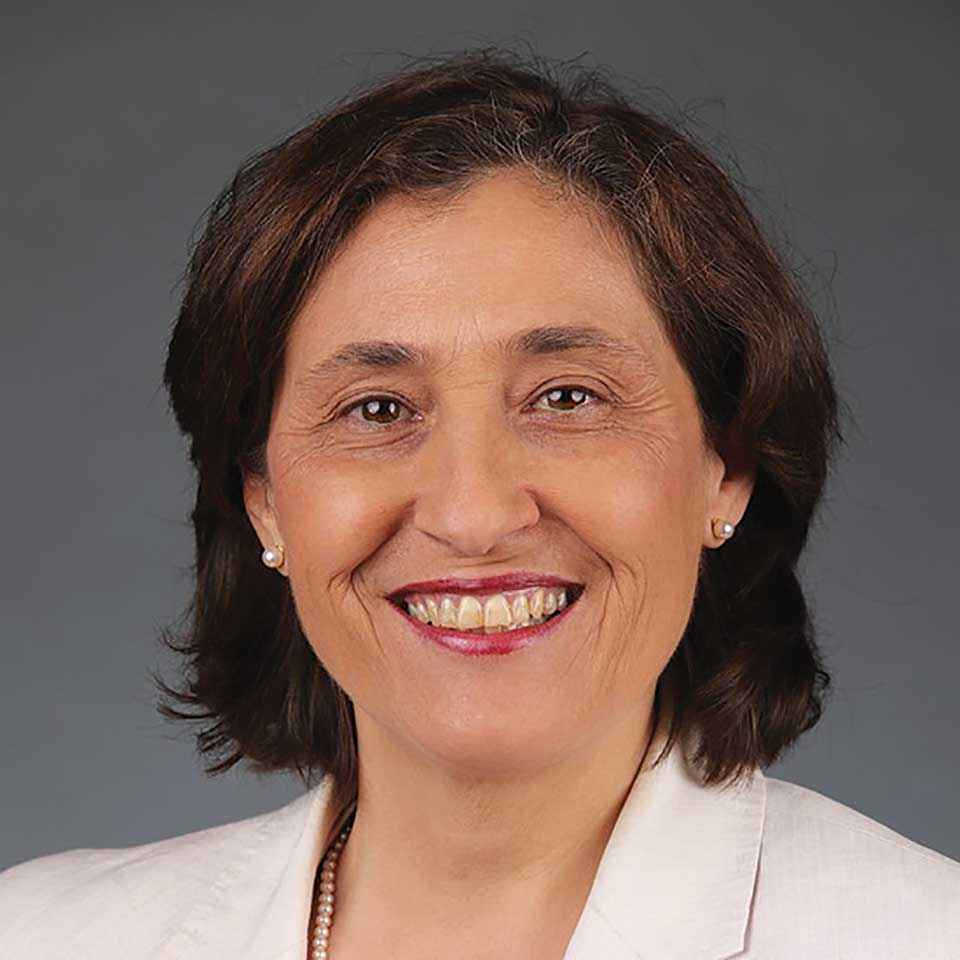Victorian Landcare Magazine - Summer 2020, Issue 77

The devastating bushfires in East Gippsland and North East Victoria have had a significant impact across the landscape, destroyed hundreds of homes, and required thousands of people to be evacuated. It’s a challenging time for many Victorians, including those fighting the fires, those who have lost their homes and livelihoods, those who have been evacuated, and those who are watching and waiting to see if their homes have survived or may still be under threat.
I would like to thank our wonderful firefighters for their tireless and important work to keep our communities safe. This includes the firefighters from Forest Fire Management Victoria and the Country Fire Authority, and others, such as Parks Victoria, Victoria Police and the Australian Defence Force. Their efforts have been supported by thousands of volunteers from community organisations such as the Country Women’s Association and Red Cross, who provide meals for firefighters, and the Victorian Farmers Federation, and many others who have organised themselves informally, to transport fodder for hungry livestock in fire-affected areas.
The Victorian Government is working hard to support our fire-affected communities to recover and rebuild. The fire recovery process will be long and require much community resilience.
Our Landcare groups and networks will also play a vital role in the fire recovery process, as they are well connected with their local communities. This enables Landcare groups and networks to respond quickly and effectively by helping with the recovery such as organising materials, fire recovery workshops, securing funding for recovery projects, and providing places for people to talk about their experiences.
Community engagement is pivotal to Landcare and all environmental volunteer groups and networks. Reaching out to all sectors of the community has benefits that flow both ways. It broadens and strengthens the Landcare community while helping form important social bonds.
This issue of the magazine is full of fantastic community engagement stories. You will read about a group of young people recovering from addiction who were introduced to Landcare through a leadership retreat facilitated by Intrepid Landcare at Gembrook. Some of the participants were inspired to form the Western Port Intrepid Landcare Group, who have been working with other Landcare and Friends groups on tree planting, weed and rubbish removal, track work, and fire recovery projects. The on-ground work precedes an adventure activity such as bushwalking, caving, abseiling, or canoeing. Western Port Intrepid Landcare Group is attracting more young people to Landcare and the model is contributing to the healing process of those recovering from addiction.
The Bairnsdale Urban Landcare Group has had success with involving local VCAL students in environmental works along the Mitchell River by encouraging and supporting them to adopt a site for two years. The students have quickly established a sense of ownership for their patch, which has fuelled their interest and enthusiasm.
Landcare and golf may seem unrelated, but in the sand-belt area of Melbourne, indigenous plants are being actively preserved and regenerated. Horticultural staff from the Bayside Community Nursery collect seed stock from sites such as Royal Melbourne Golf Course and the public Sandringham Golf Course, and volunteers propagate around 100,000 seedlings a year that are planted in bushland reserves, nature strips and private gardens. Golfers are also learning about regenerative burning practices and the rare and endangered plants that grow on the courses.
In the Otways, a small Landcare group keen to learn more about regenerative farming organised a major three-day conference, inviting scientists and land managers from across Australia to the region to share their experiences. The conference generated new knowledge and tremendous enthusiasm. The Otway Coast Regenerative Farmers Group is now expanding and is intent on becoming a source of regenerative farming information for all of Victoria.
You will also read some useful tips on how to use social media to engage young people, how to run a citizen science project, and how to record the oral history of your Landcare group.
The current bushfire season still has months to go. Please look after yourselves and one another. Please stay up-to-date with the advice in your area by listening to your local ABC radio station and staying across the updates via Vic Emergency at www.emergency.vic.gov.au
We also need to look out for injured native animals that may require our help. If you need to find help for injured wildlife, please contact Wildlife Victoria’s hotline on 8400 7300 or visit www.wildlifevictoria.org.au for information and advice.
If you wish to support the recovery effort for Victoria’s fire-affected wildlife, you can donate to Zoos Victoria’s Official Bushfire Emergency Wildlife Fund here https://donate.zoo.org.au/donation
Thank you to all the wildlife shelter operators, carers and rehabilitators who do a wonderful job of caring for our sick and injured wildlife.
Hon. Lily D’Ambrosio MP
Minister for Energy, Environment and Climate Change
Minister for Solar Homes
The Landcare magazine has published more than 1000 stories since it began in 1996. We’ve covered just about every area in Victoria and every Landcare-related subject.
The magazine index has recently been updated to include entries from issues 1–76. There are now around 7670 entries in the index, which makes it an extensive resource on Victorian Landcare and Landcarers. You can search for stories by author, title, organisation
and subject. Go to Magazine Index.